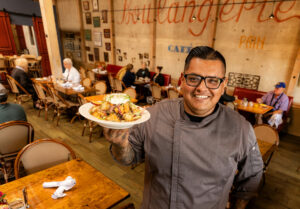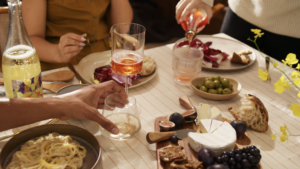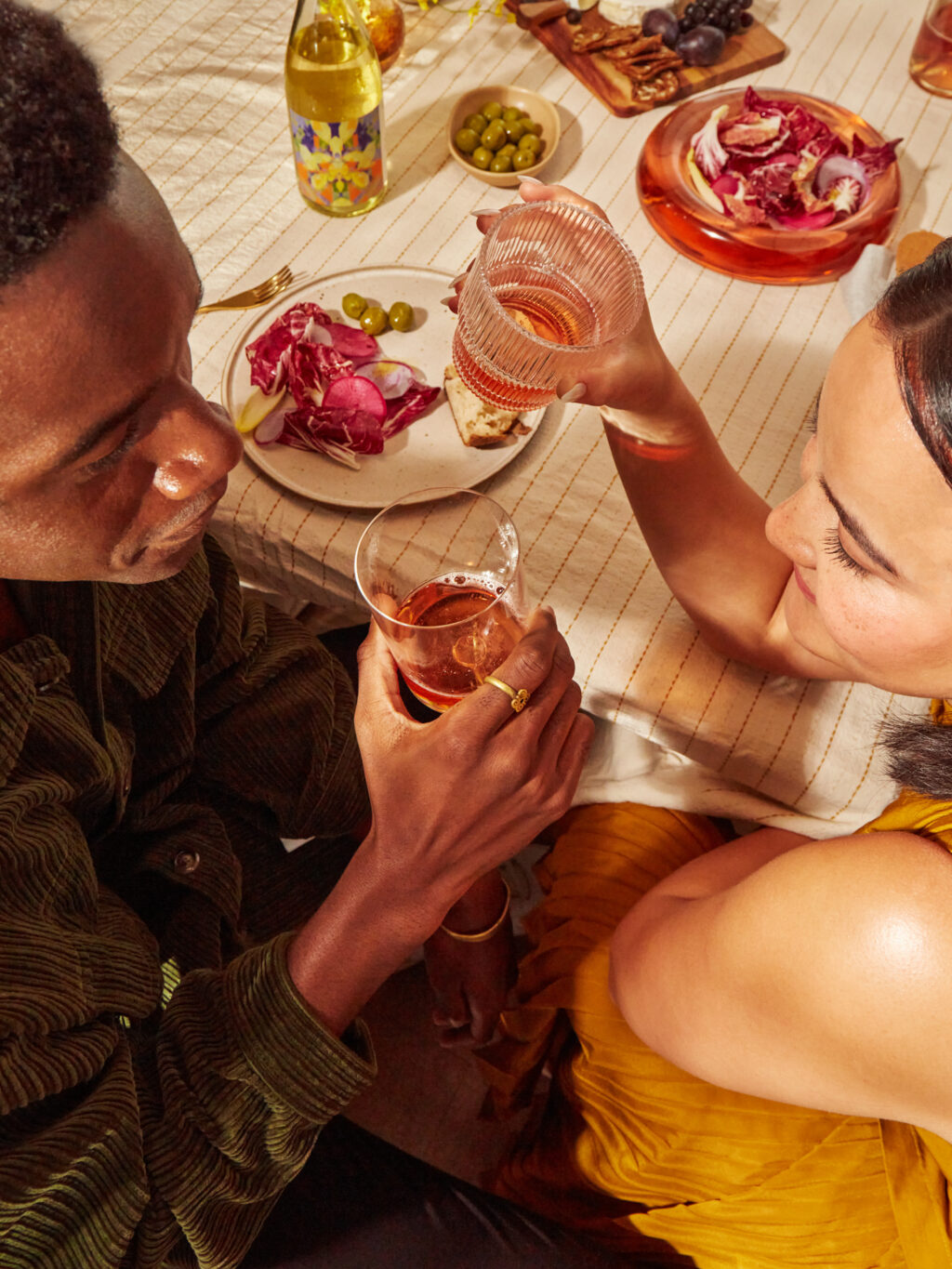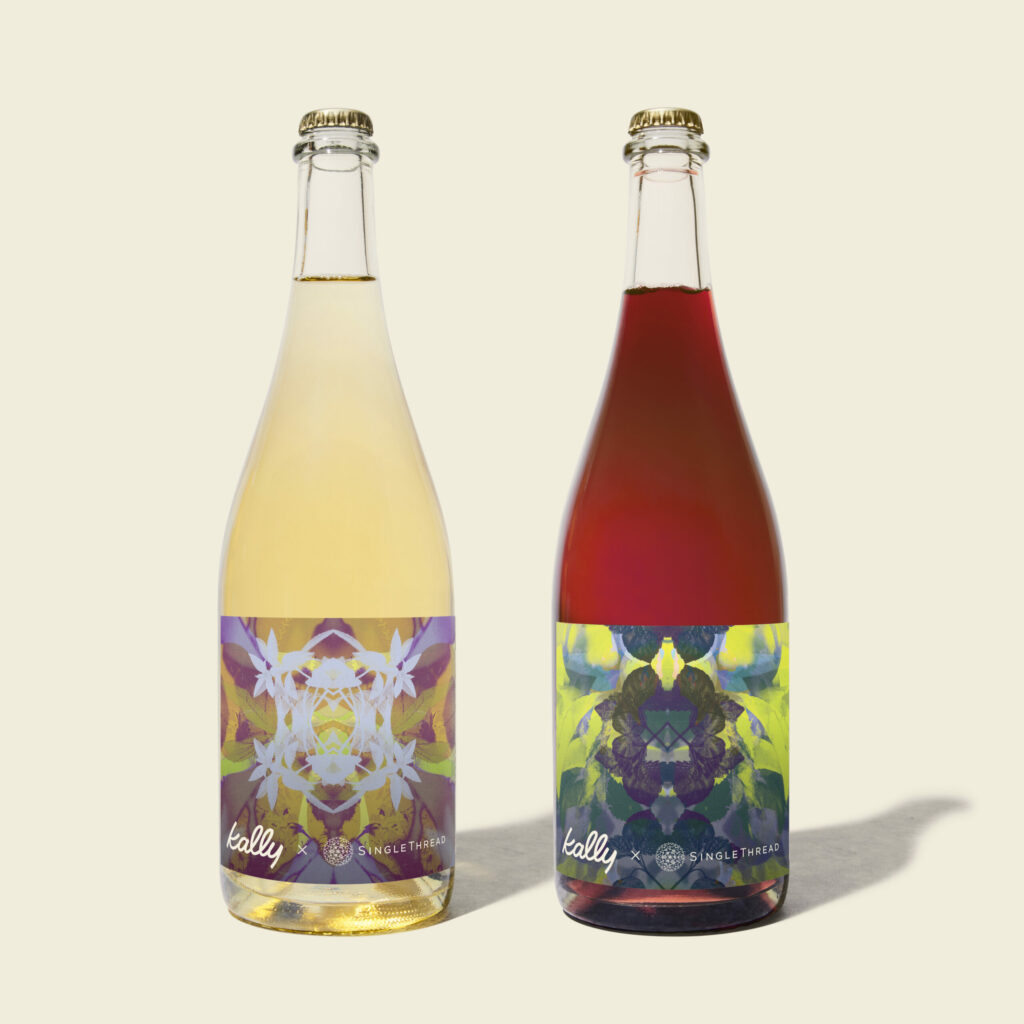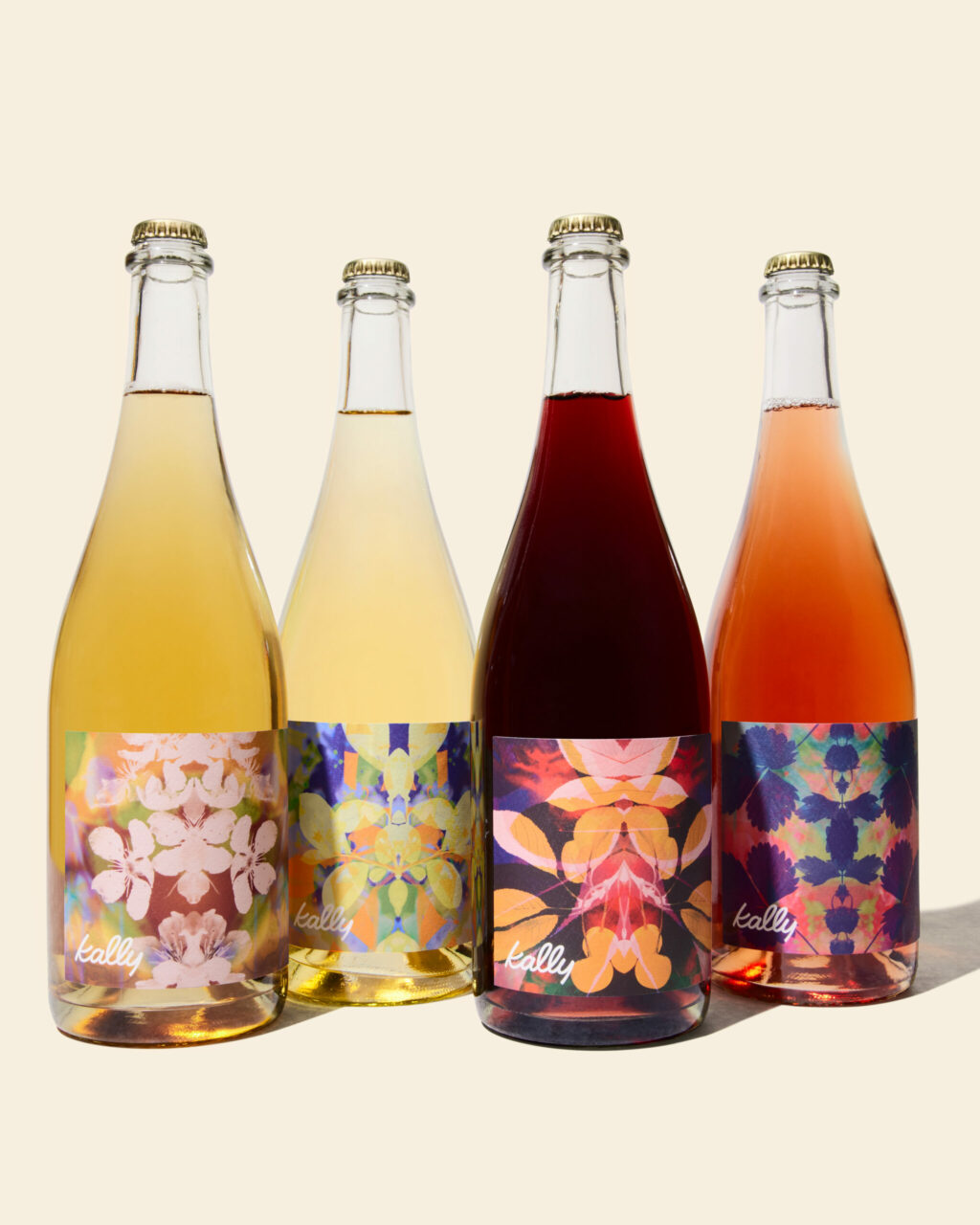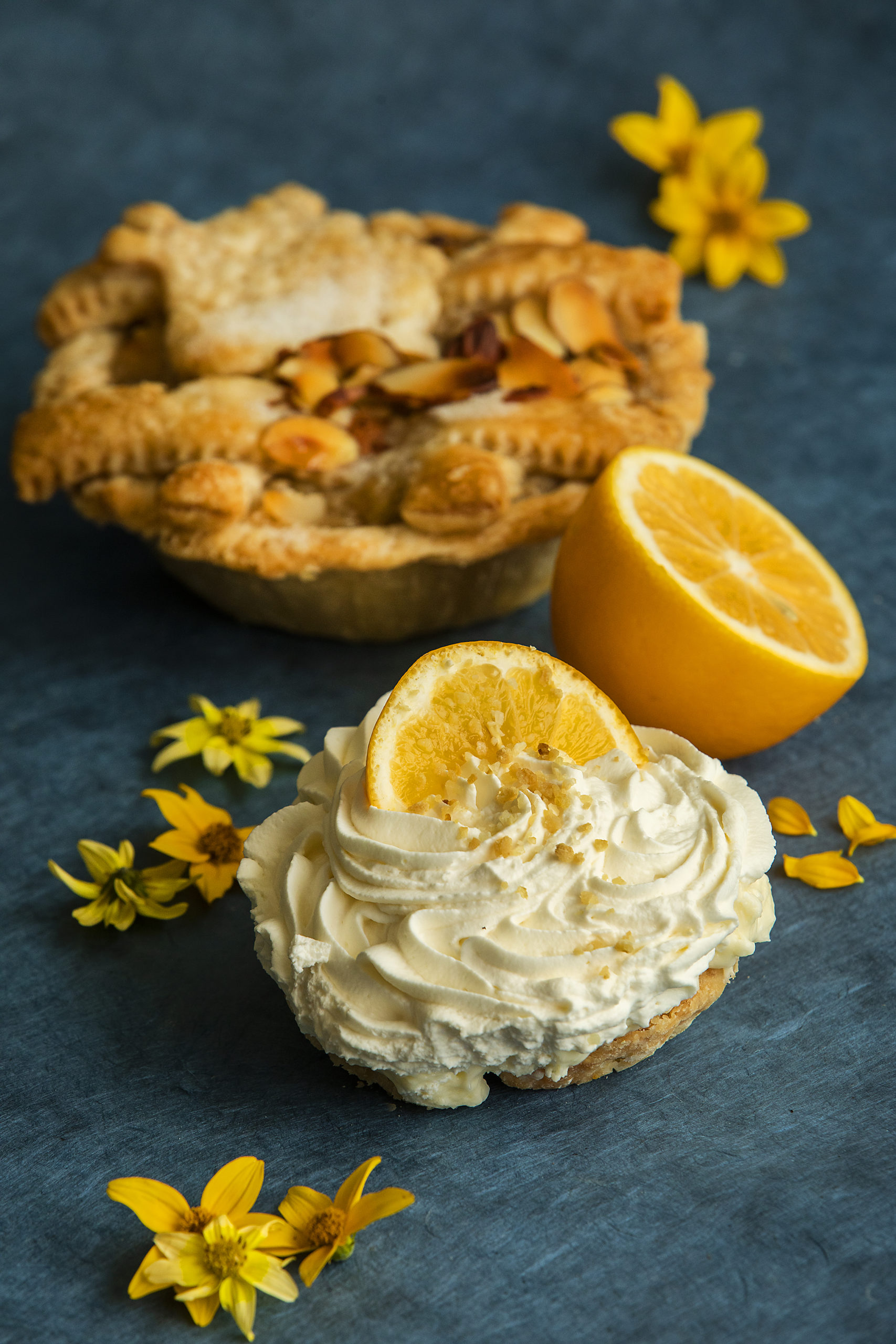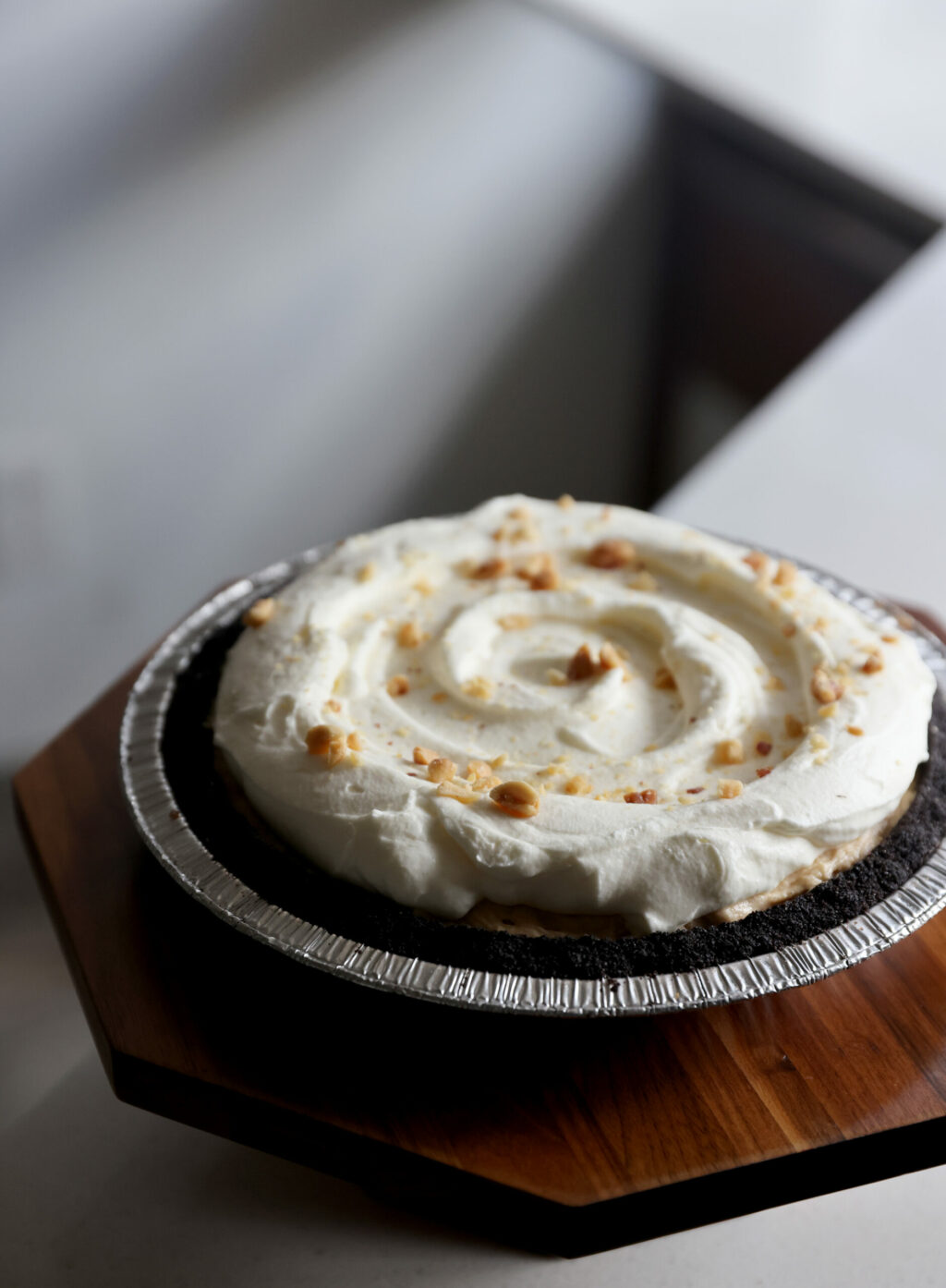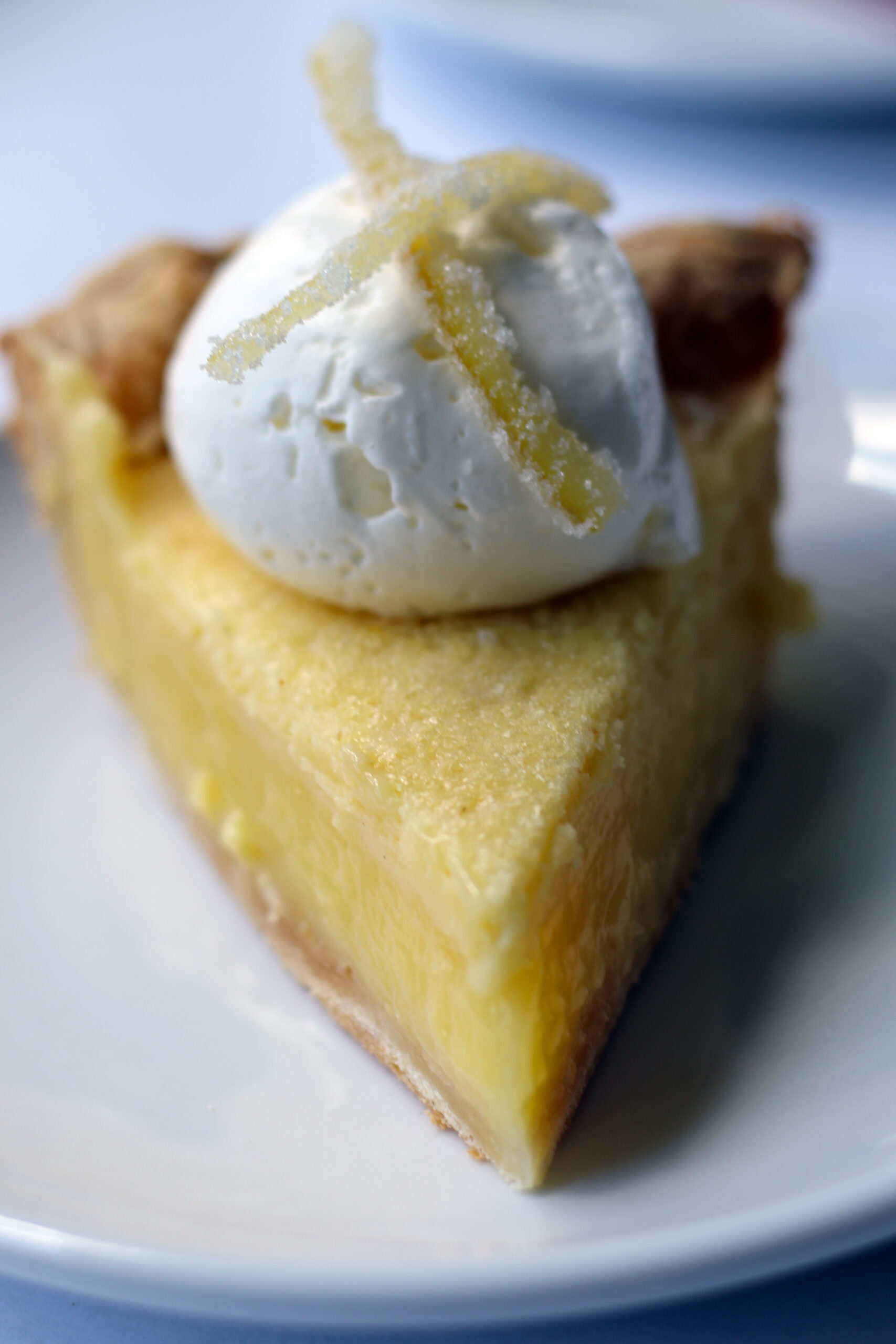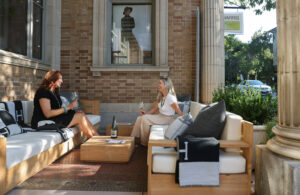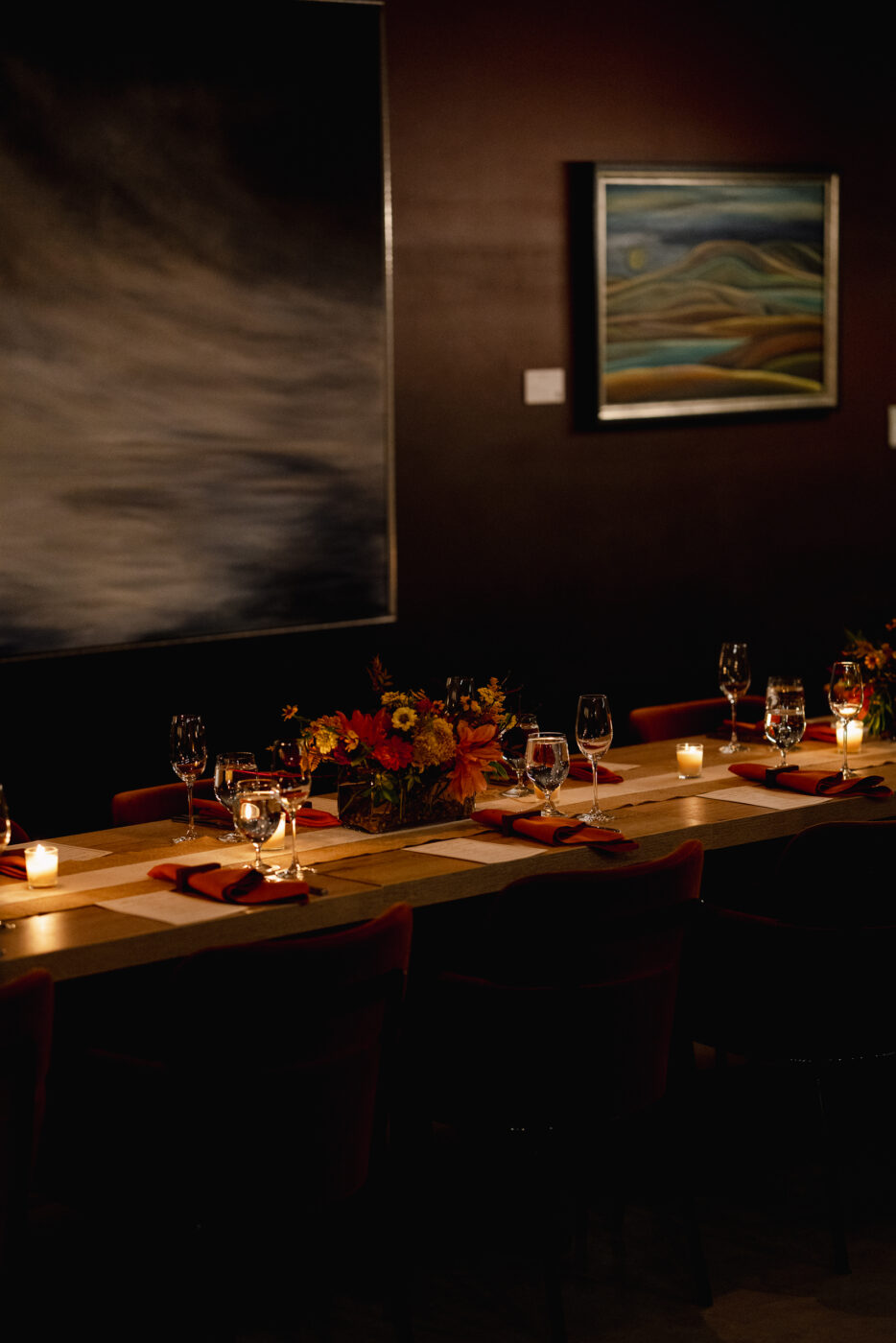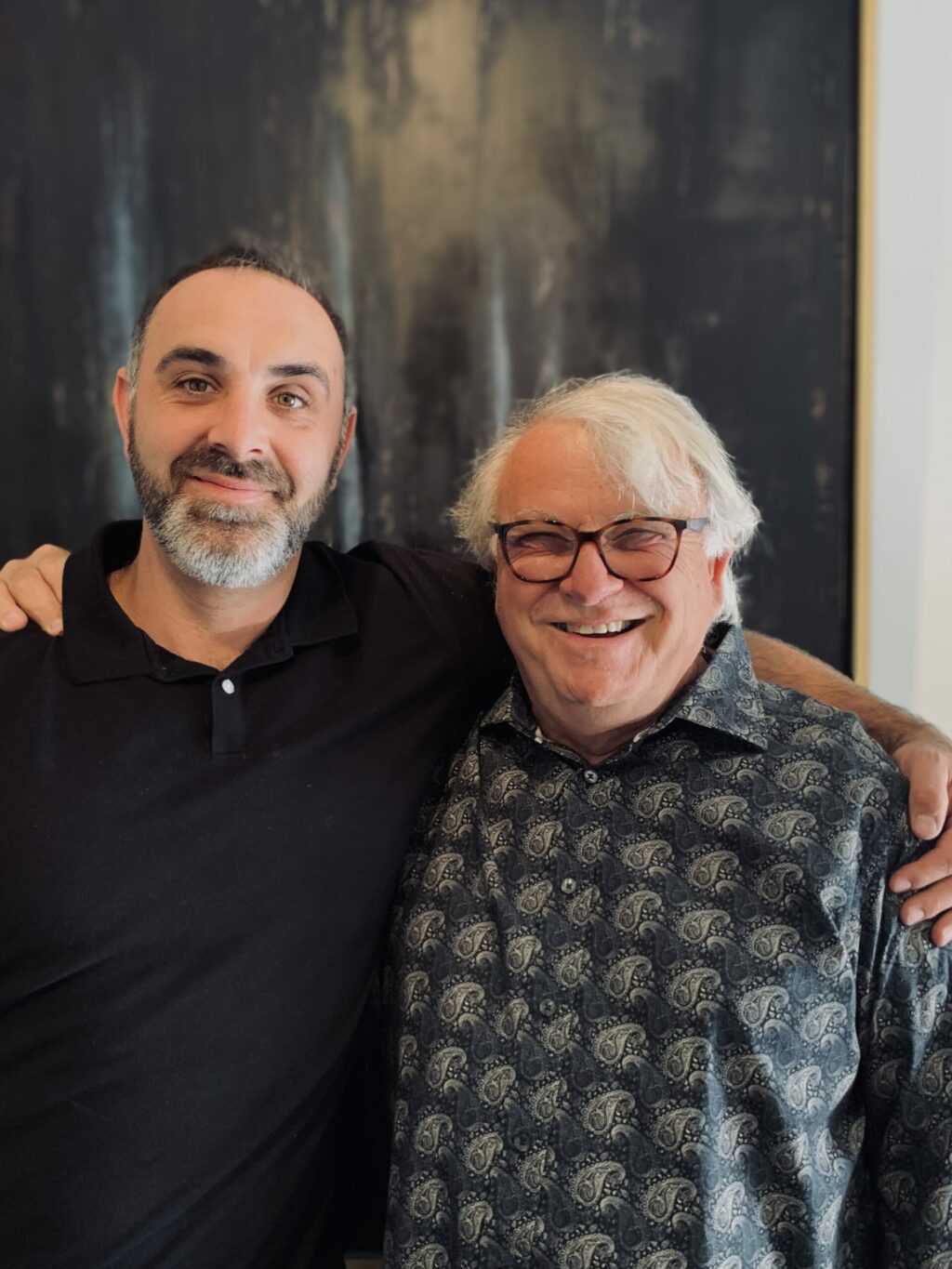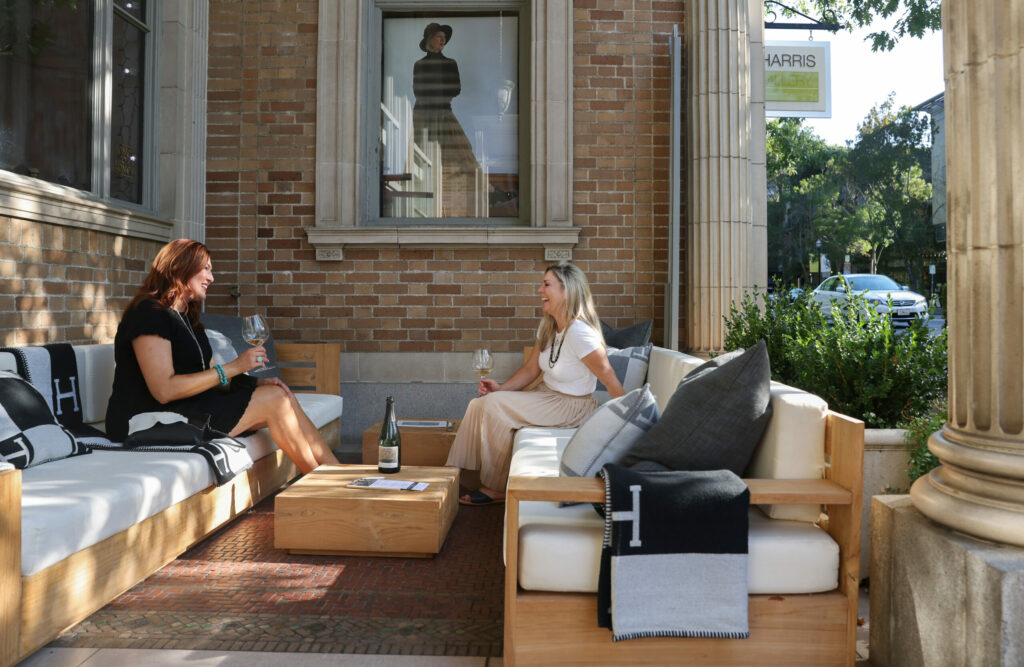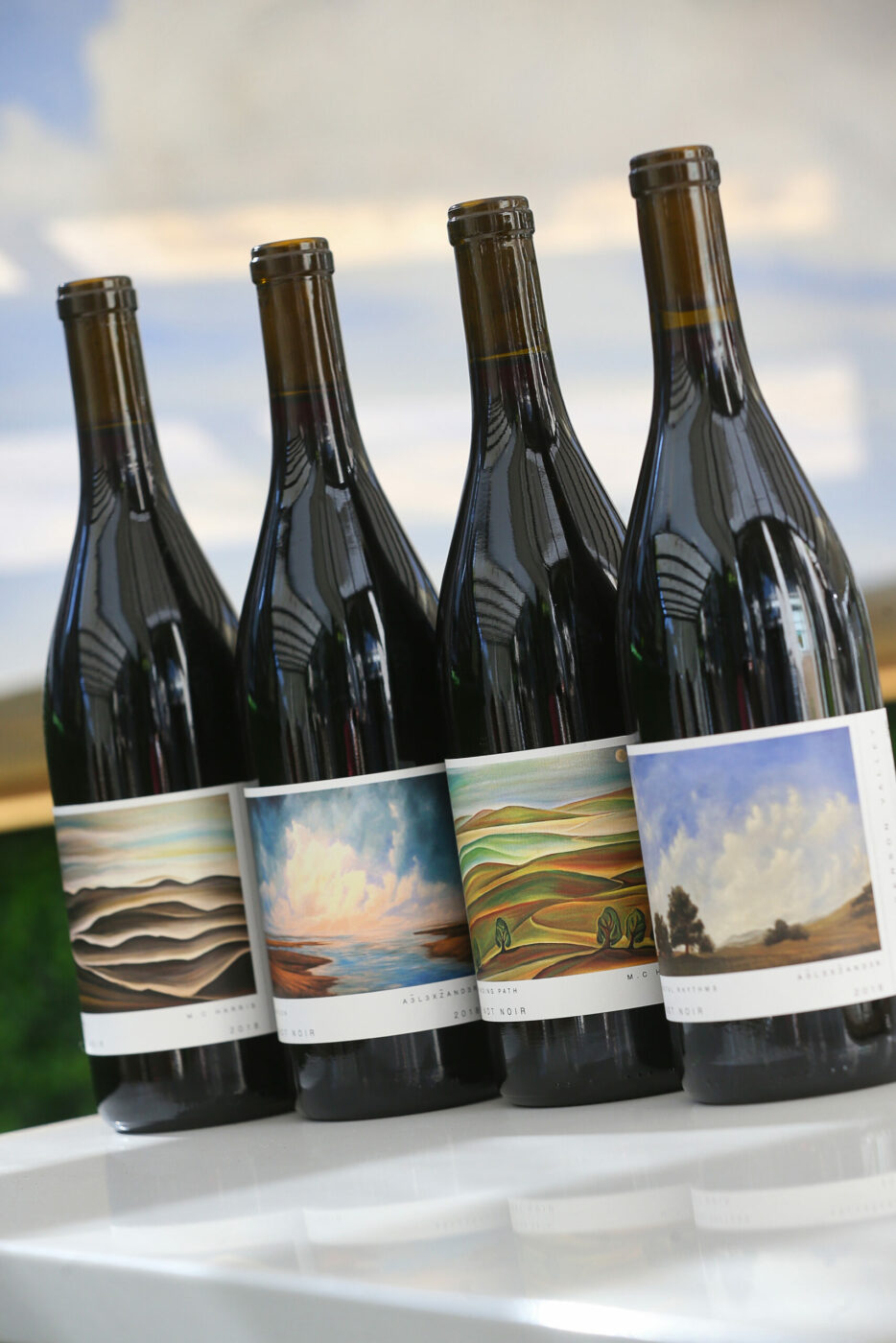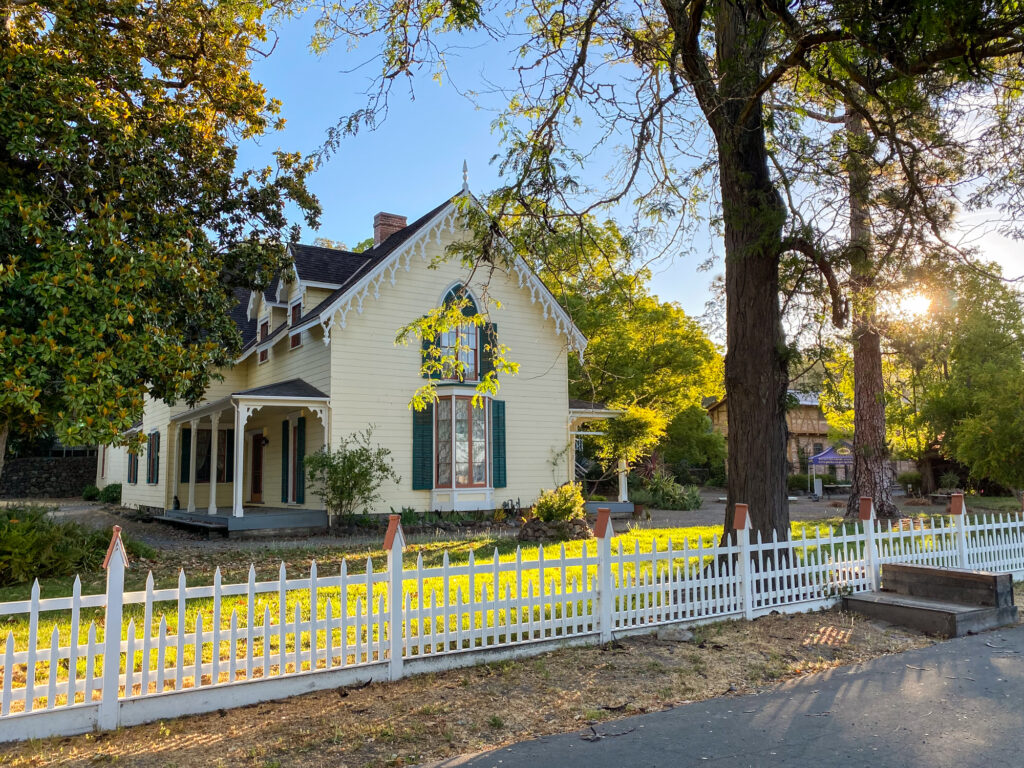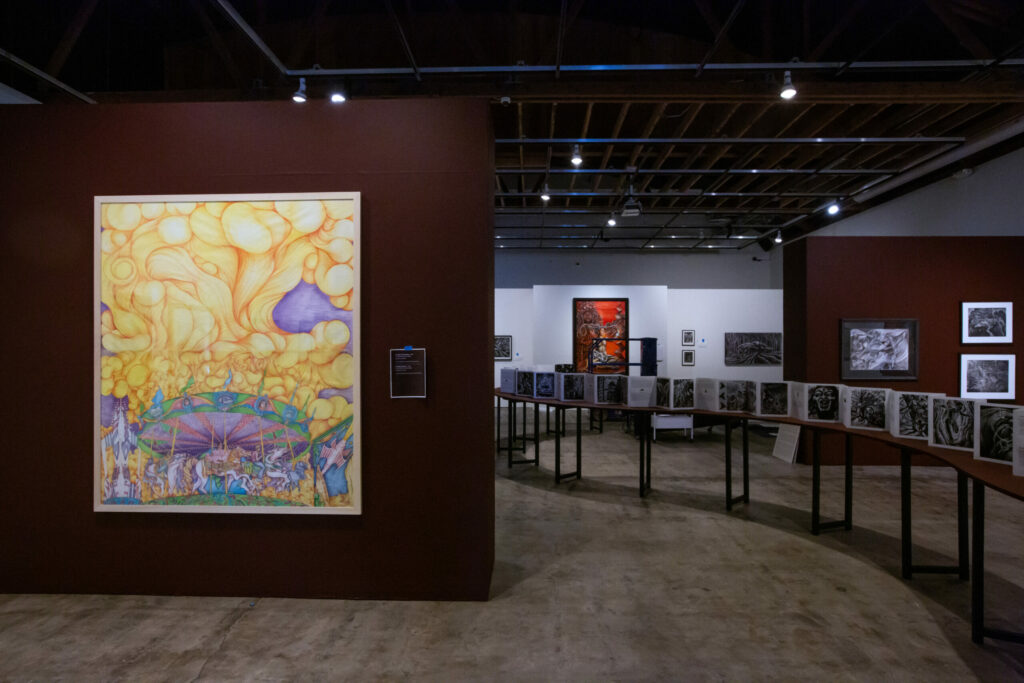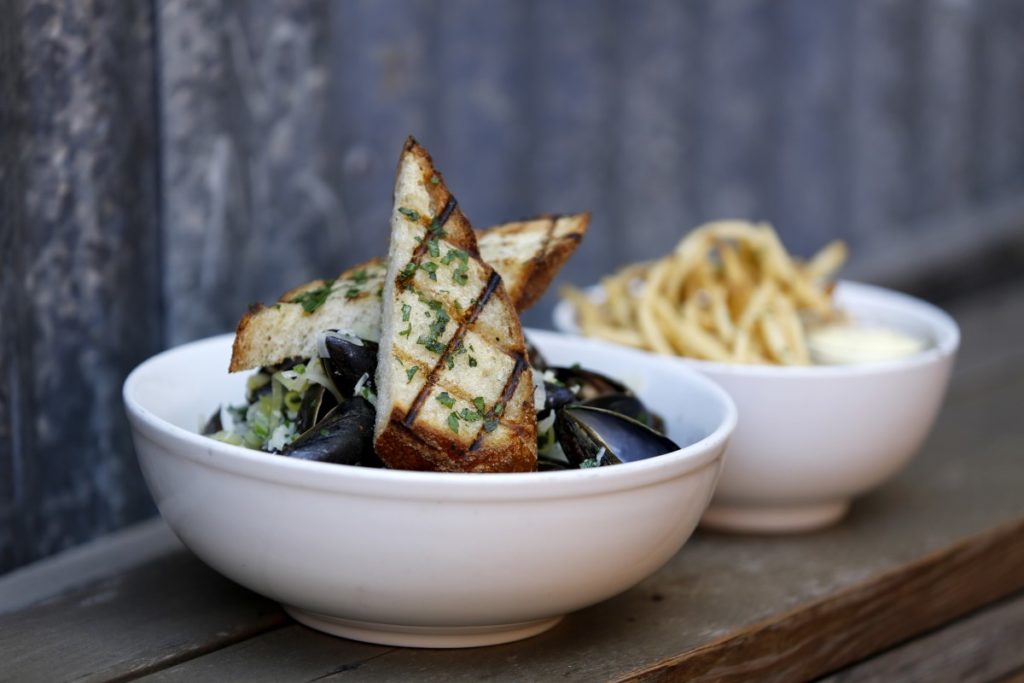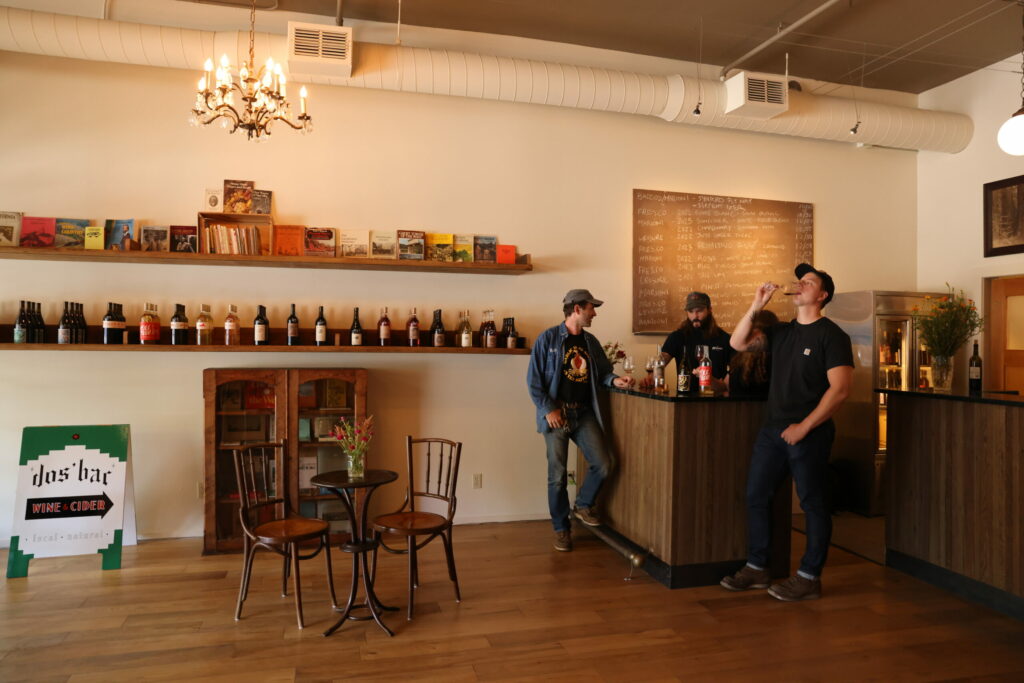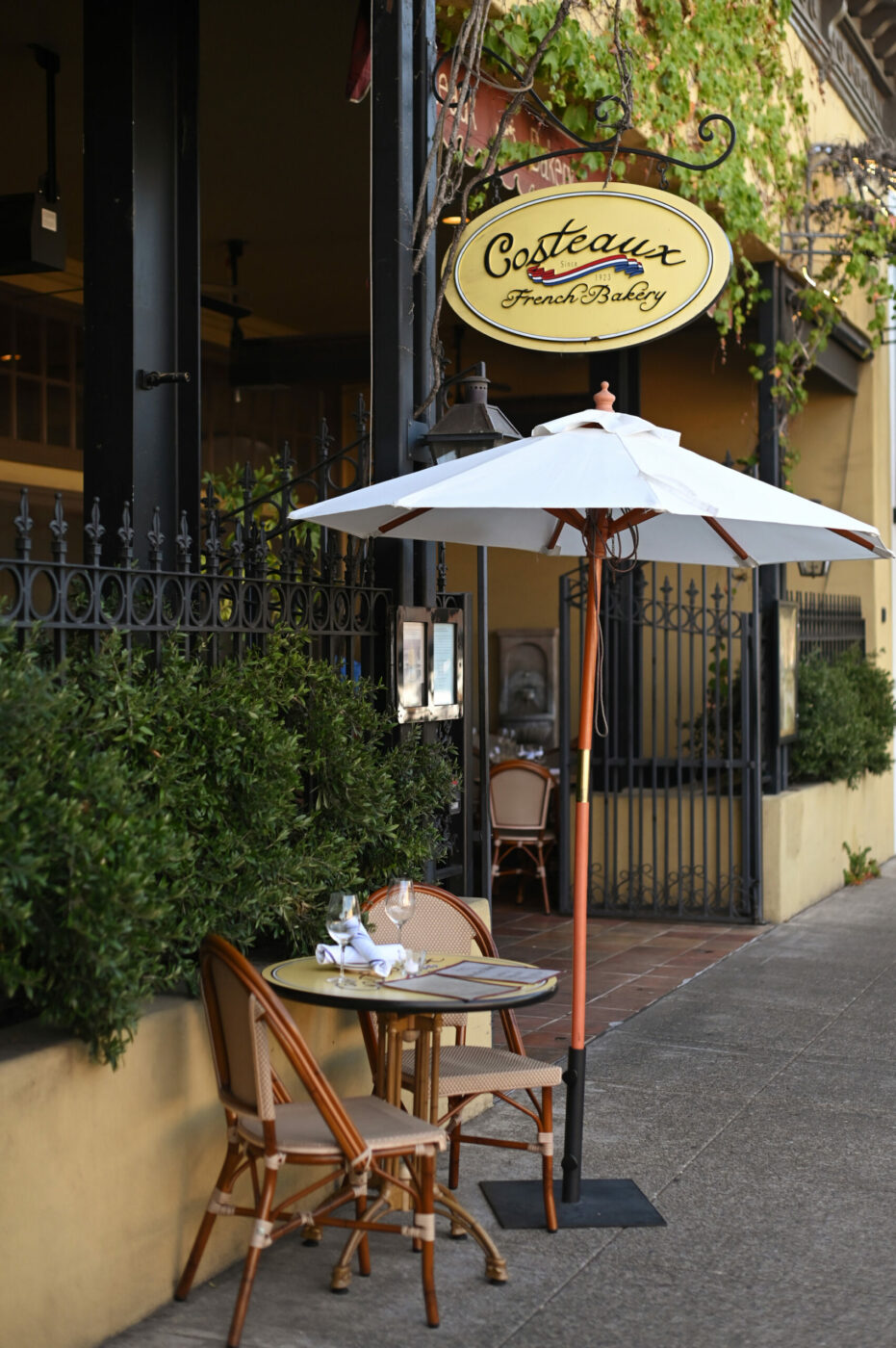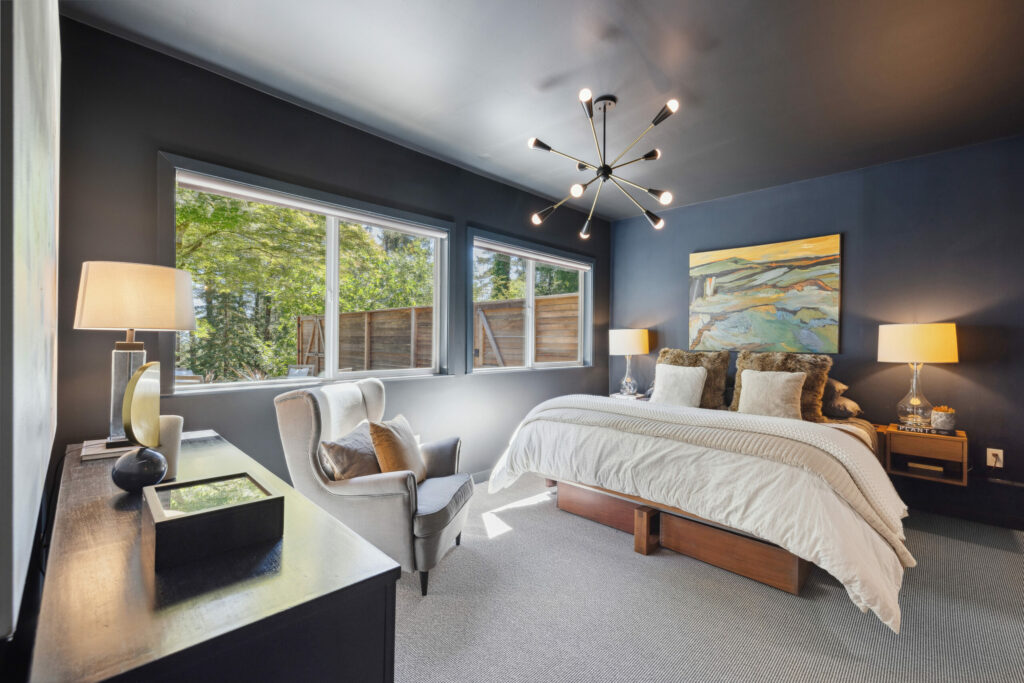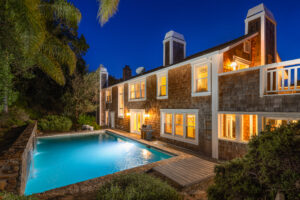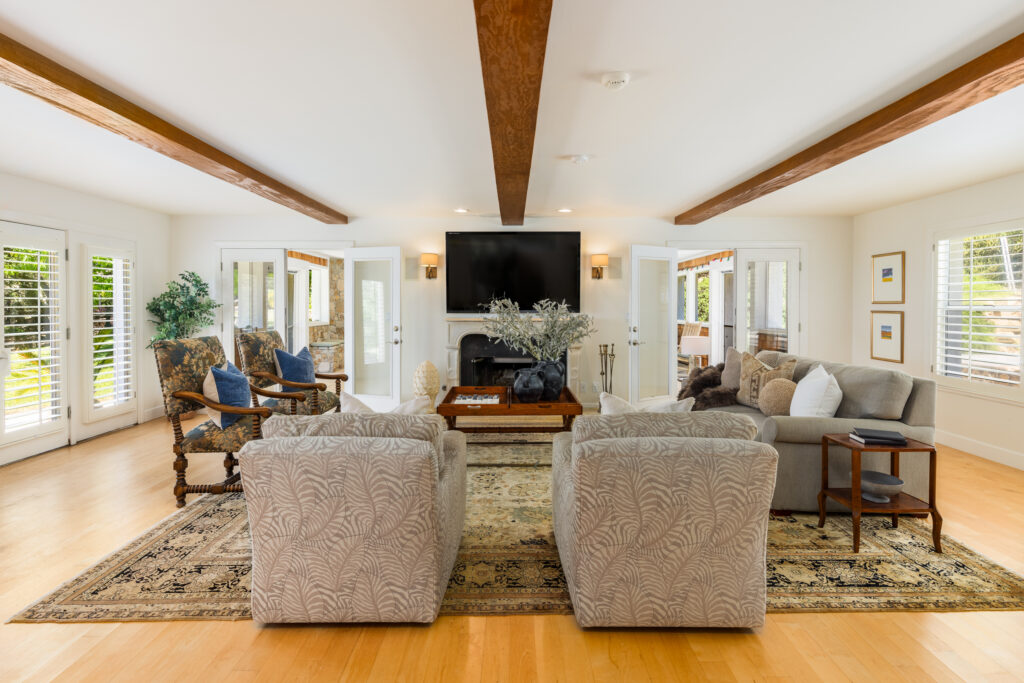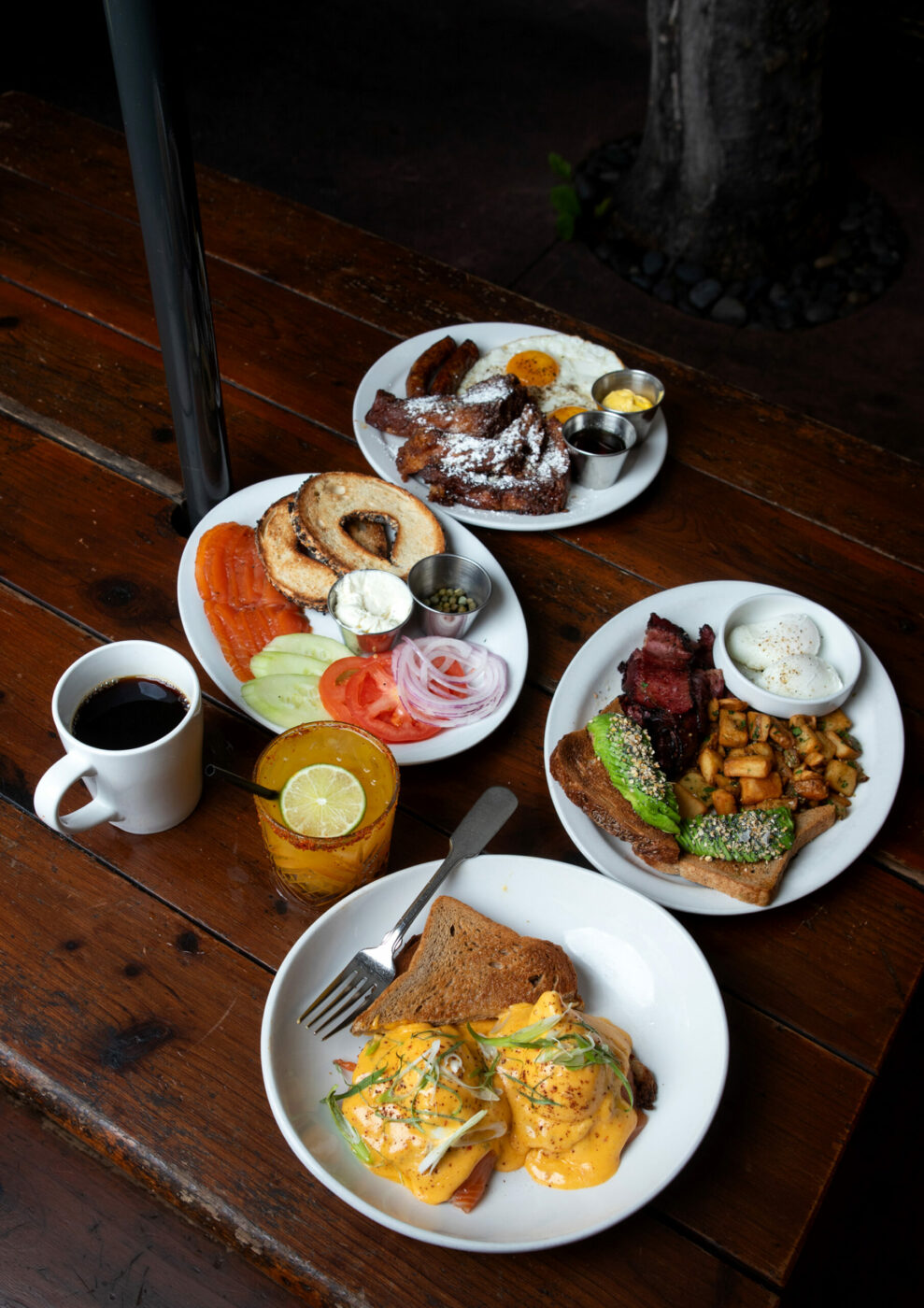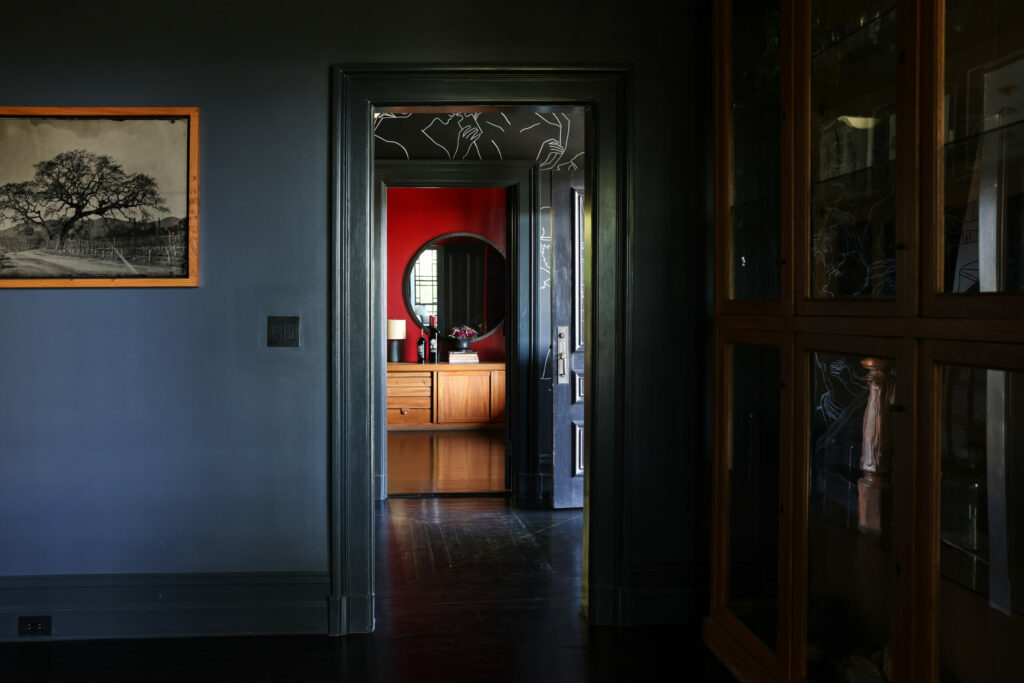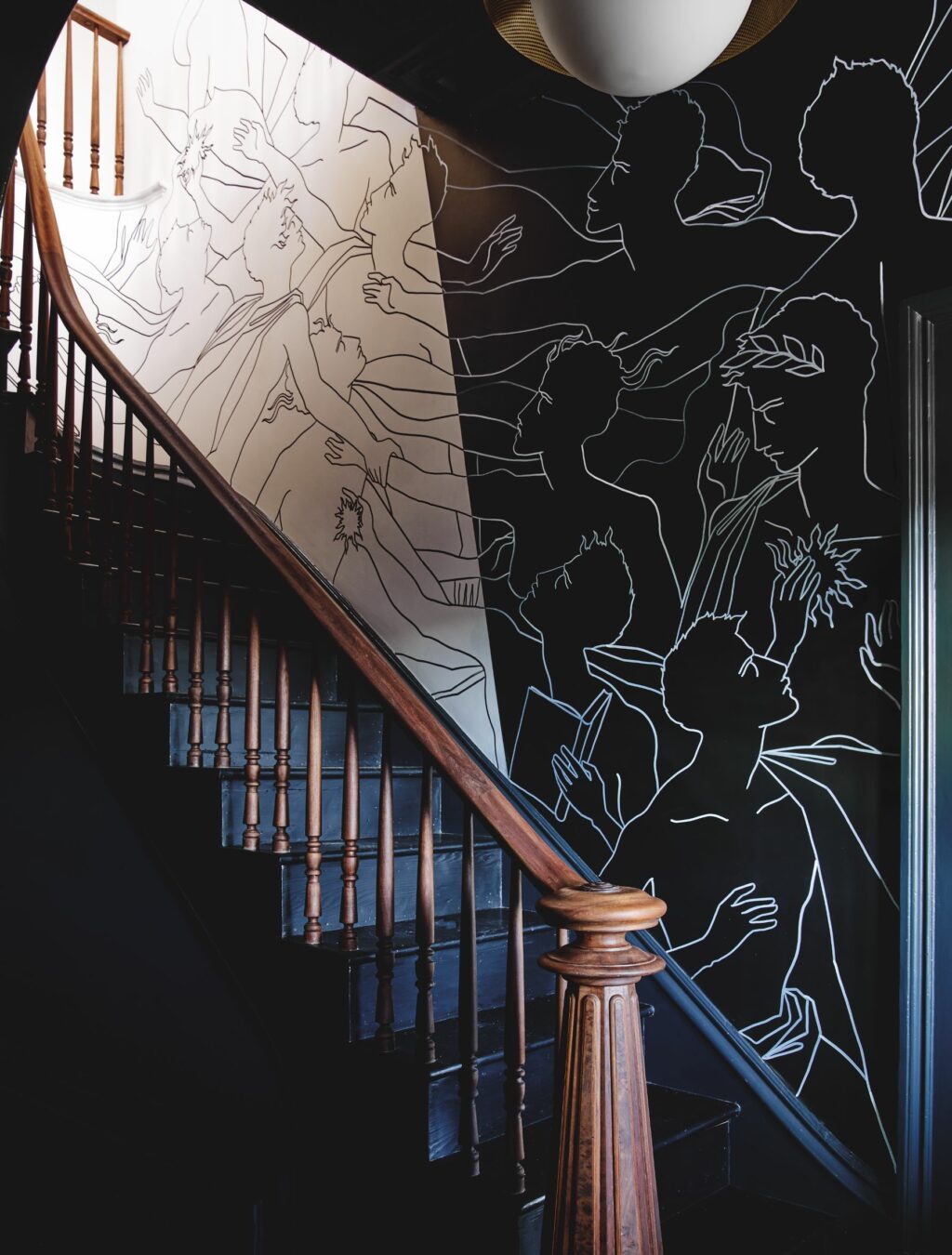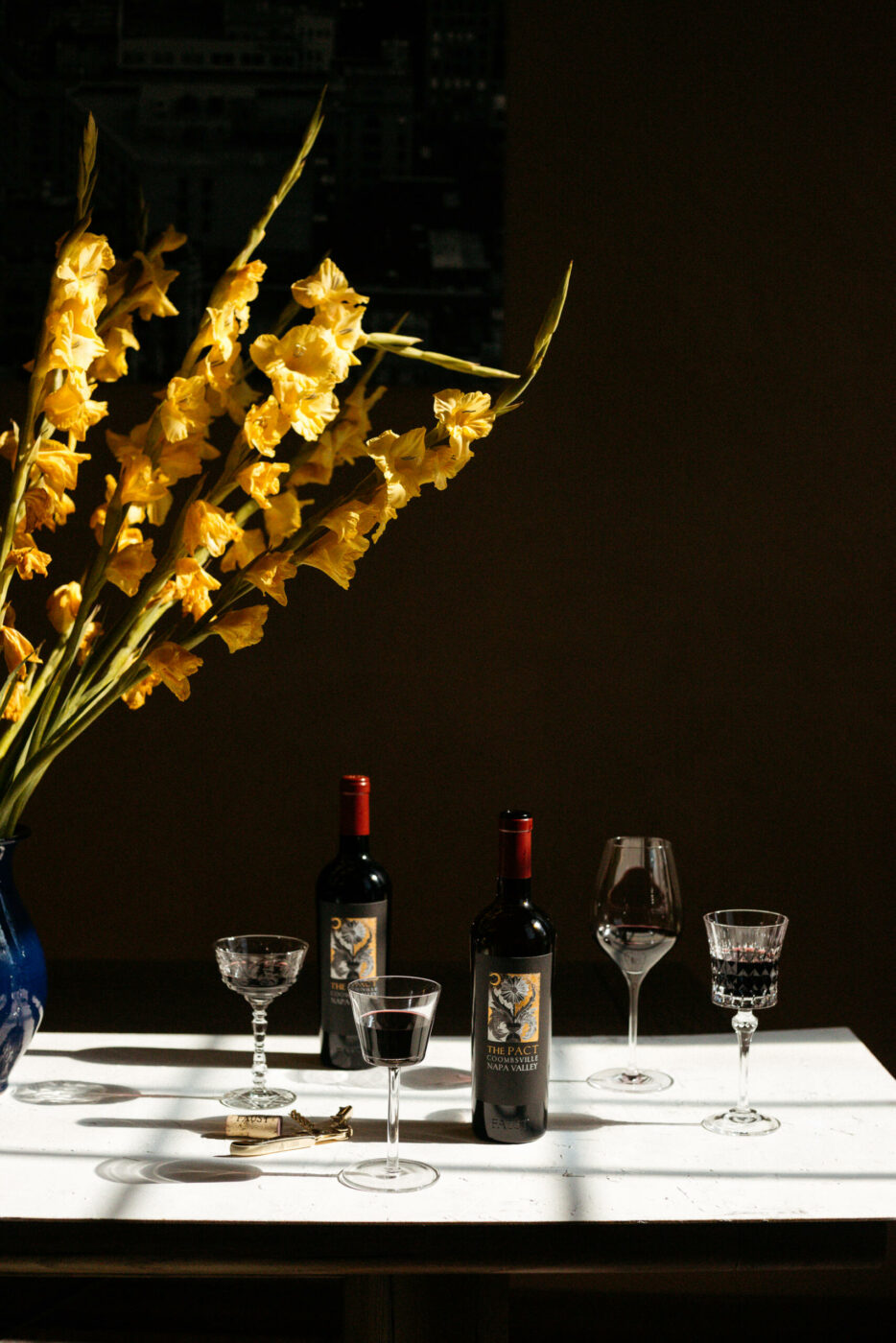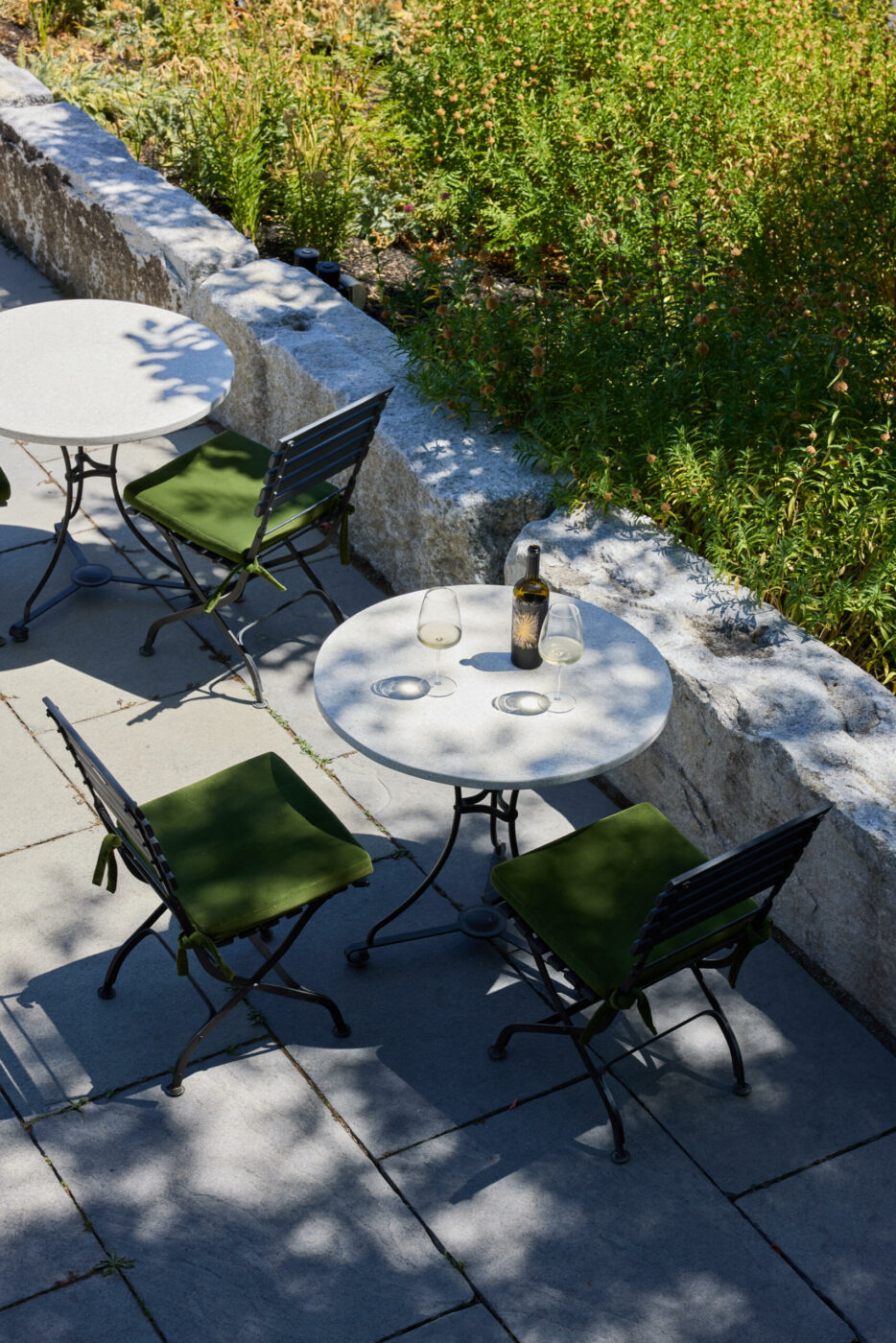For chef Jorge Flores, cooking isn’t always about food. Sometimes it’s about hope.
Having worked his way from juvenile hall to executive chef at Costeaux French Bakery in Healdsburg, he knows firsthand that restaurant kitchens can be a pathway from trouble to triumph.
Now, the 38-year-old chef is sharing that knowledge with others.
Later this month, Flores will reprise his role as a cooking mentor to a small cohort of 14- to 25-year-olds at Sonoma County Juvenile Hall in Santa Rosa.
Flores previously ran a pilot of the cooking program from August to October together with Corrin Messing, a group facilitator and prevention specialist at Verity. (The Santa Rosa-based nonprofit offers a variety of aid services, including life skills programs for juvenile hall.)
The 10-week cooking class teaches basic culinary skills, from chopping vegetables to making pizza. For two hours a week, attendees become culinary students. They share a meal after class and are encouraged to talk about their challenges.
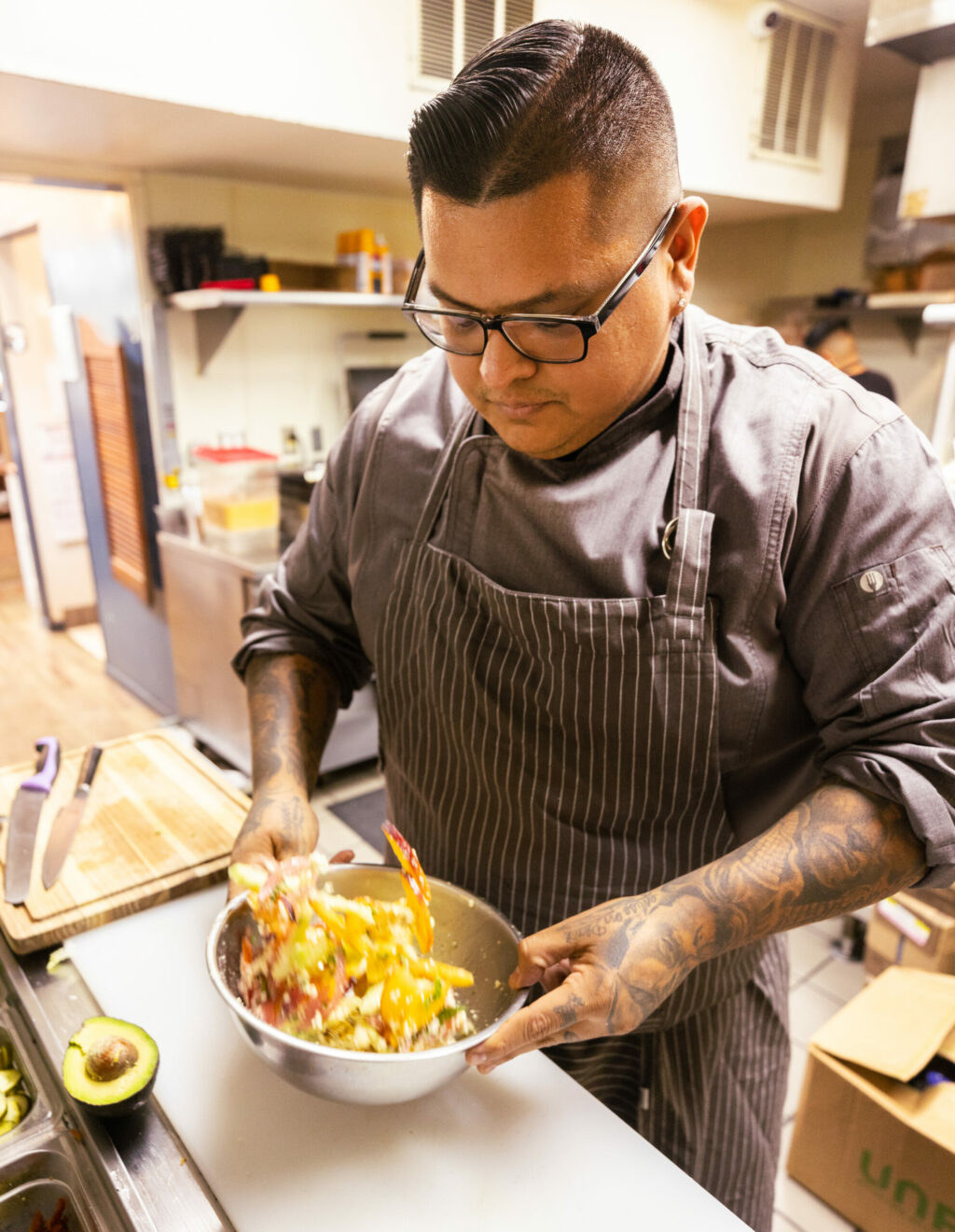
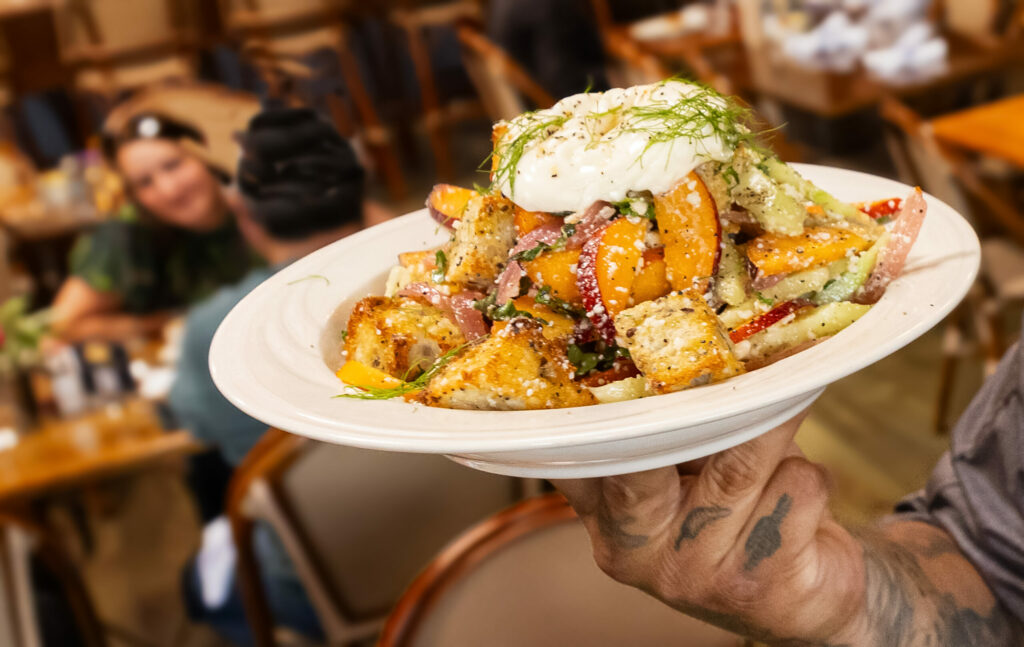
“Cooking a meal, breaking bread with them gives them an opportunity to share. That’s important for healing,” said Flores.
But the chef wants to leave his students with more than just a few recipes.
“I want to share knowledge they can use when they come out. I give them the right tools to keep themselves fed and fueled, and maybe a few can take that forward,” Flores said.
A personal journey
Flores went through a difficult time as a teen after arriving in Healdsburg at 14, knowing little English and sometimes running with a tough crowd.
“A good friend of mine now is the chief of police (Matt Jenkins), but back then he was the campus cop. I used to get arrested by him all the time,” he told The Press Democrat in 2023.
After graduating from high school in 2005, Flores decided to change the course of his life and took a job as a dishwasher at the now-closed French Garden in Sebastopol.
“It was just a job,” he said. “It was easy, and I was down for high stress.”
Flores didn’t have aspirations to become a chef then but, from the dish pit, he was able to observe and learn every role in the kitchen.
“At first, I would look inside the walk-in and just be lost. I had no clue what parsley was. I paid attention and asked questions,” he said.
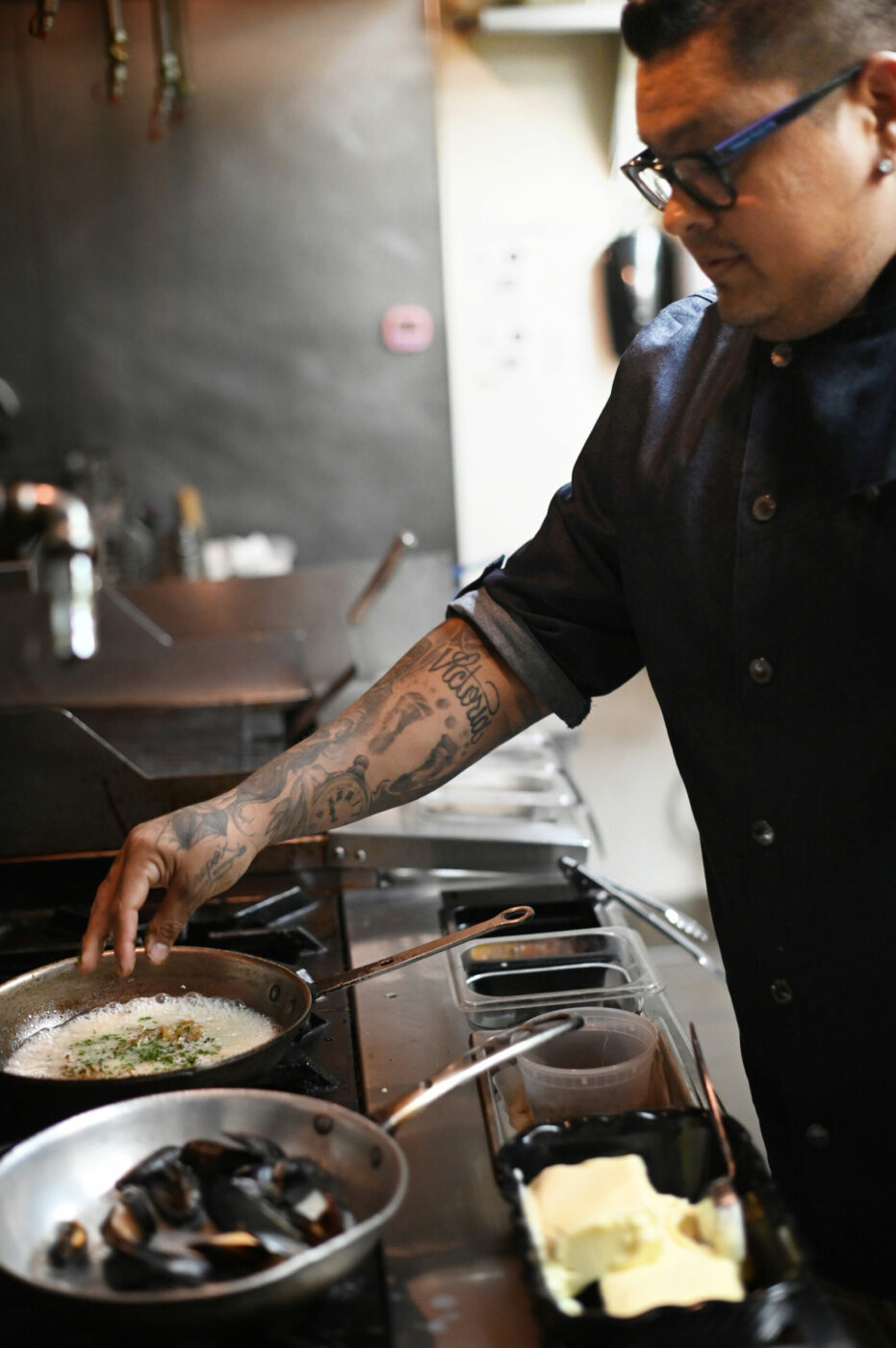
Flores then worked at several restaurants before landing at Healdsburg’s Campo Fina, one of chef Ari Rosen’s groundbreaking Italian restaurants. Rosen became a mentor and the staff became family.
“We all went through a lot of tough days, moments, years — talk about sweat, blood and tears,” he said. “The one goal was just to go in and do our job, do it right and keep moving.”
After Campo Fina shuttered in 2022, Flores remained close with Rosen. The two also worked with Inside Circle, a program that facilitates healing, growth and trust through participant-led circles inside prisons and youth detention facilities.
Deeply moved by that experience, Flores thought a mentor-led cooking program could be more than just a life skill for the detainees. After talking to Messing, he was convinced.
“Jorge is such a fit and connects with the kids right away. He knows what they’ve been through,” Messing said. “He’s open and accepting but also has this knowledge they’re super interested in.”
Changing a trajectory
The cooking program at juvenile hall has been unexpectedly popular, according to Flores, despite limited resources and a lack of some basic cooking equipment — for example, the students are required to use plastic knives.
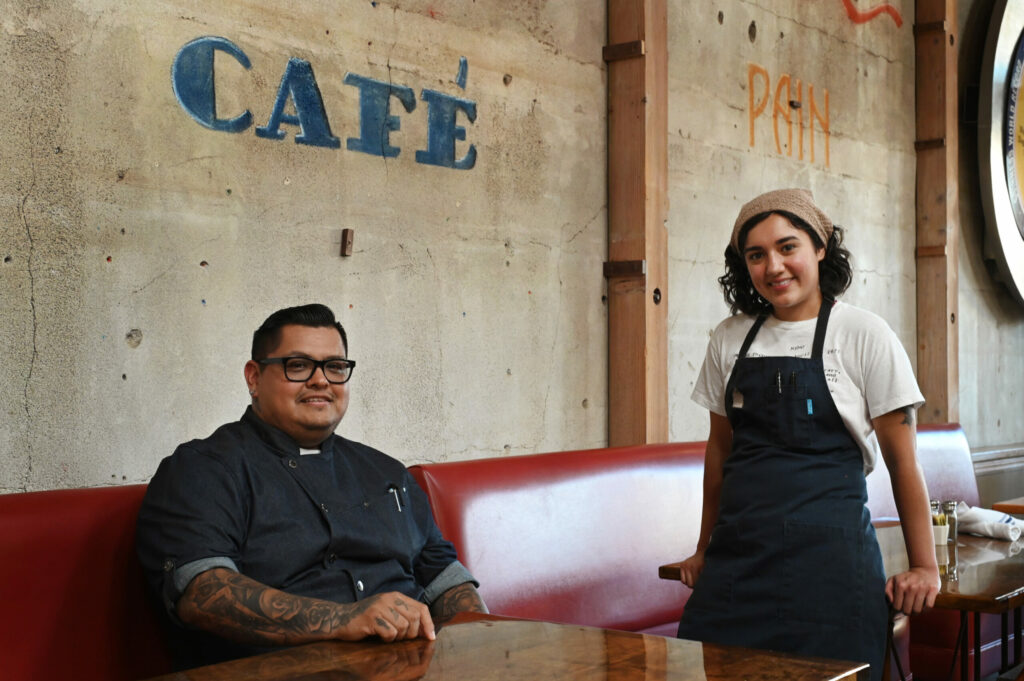
“Most of the time, these kids are just being told what to do, or you’re a screwup,” he said. “They’re not given the right tools. They’ve been neglected their whole life.”
When Flores and Messing asked the cooking class attendees at juvenile hall what could have changed their trajectory, the same comments came up repeatedly: “Keep us busy, give us opportunities to play sports and learn a trade.”
Sonoma County Juvenile Hall offers more than 20 educational programs for residents, according to its website. Flores hopes cooking skills will be useful once the youth leave the facility.
“We need to get (those in juvenile hall) back into the community with something to lean on,” he said. “Without the right tools and the right people, you fall into the same routine, go back to the same neighborhoods with the same homies. You’re not given an opportunity to succeed.”
Flores also hopes to offer his students apprentice programs in the future.
“I want to show them that there are people willing to help out if you are on the right path. My big wish is to give more opportunities,” he said.
You can reach Dining Editor Heather Irwin at heather.irwin@pressdemocrat.com. Follow Heather on Instagram @biteclubeats.


